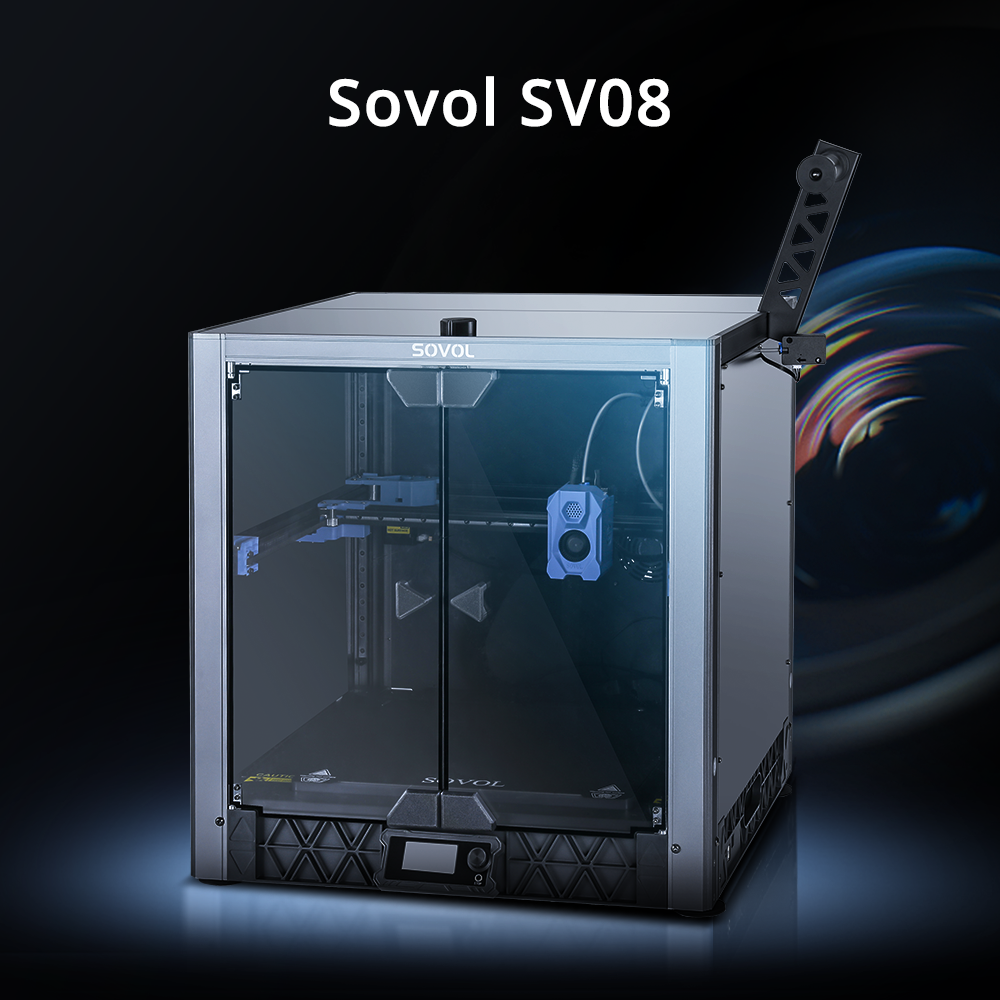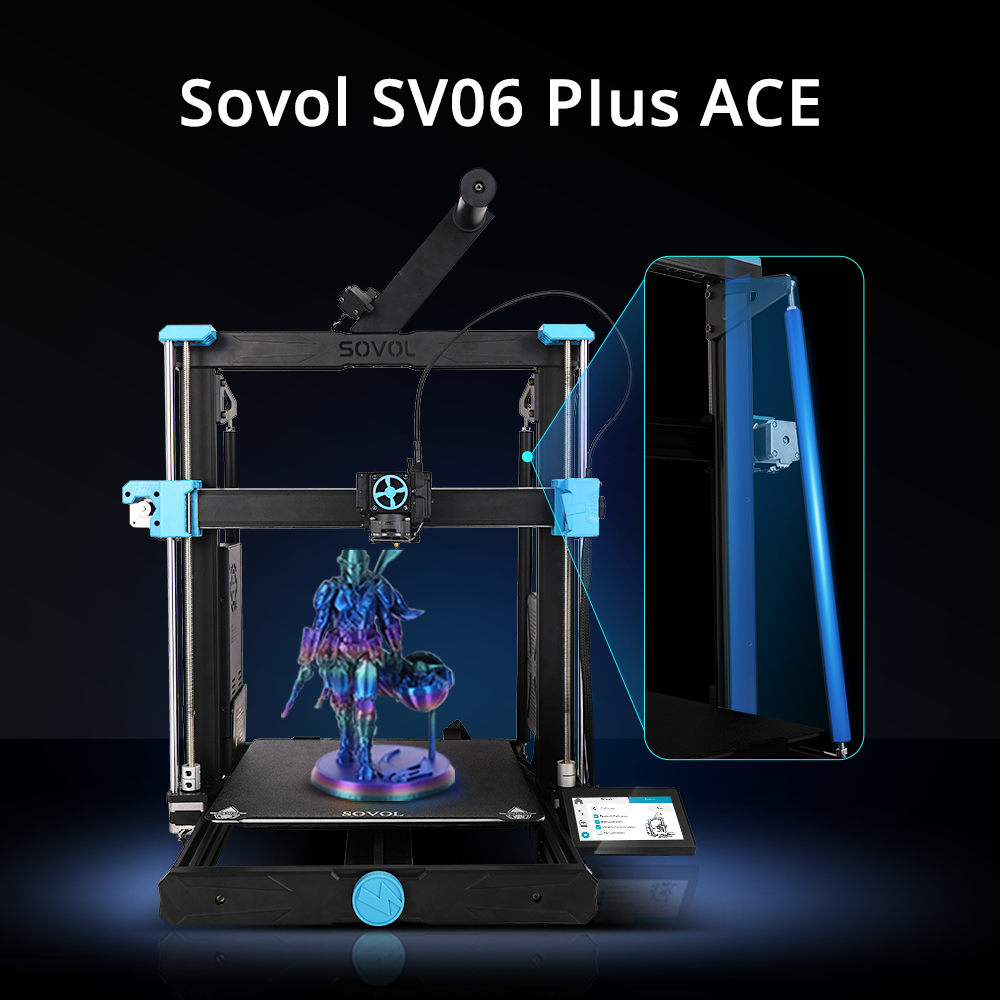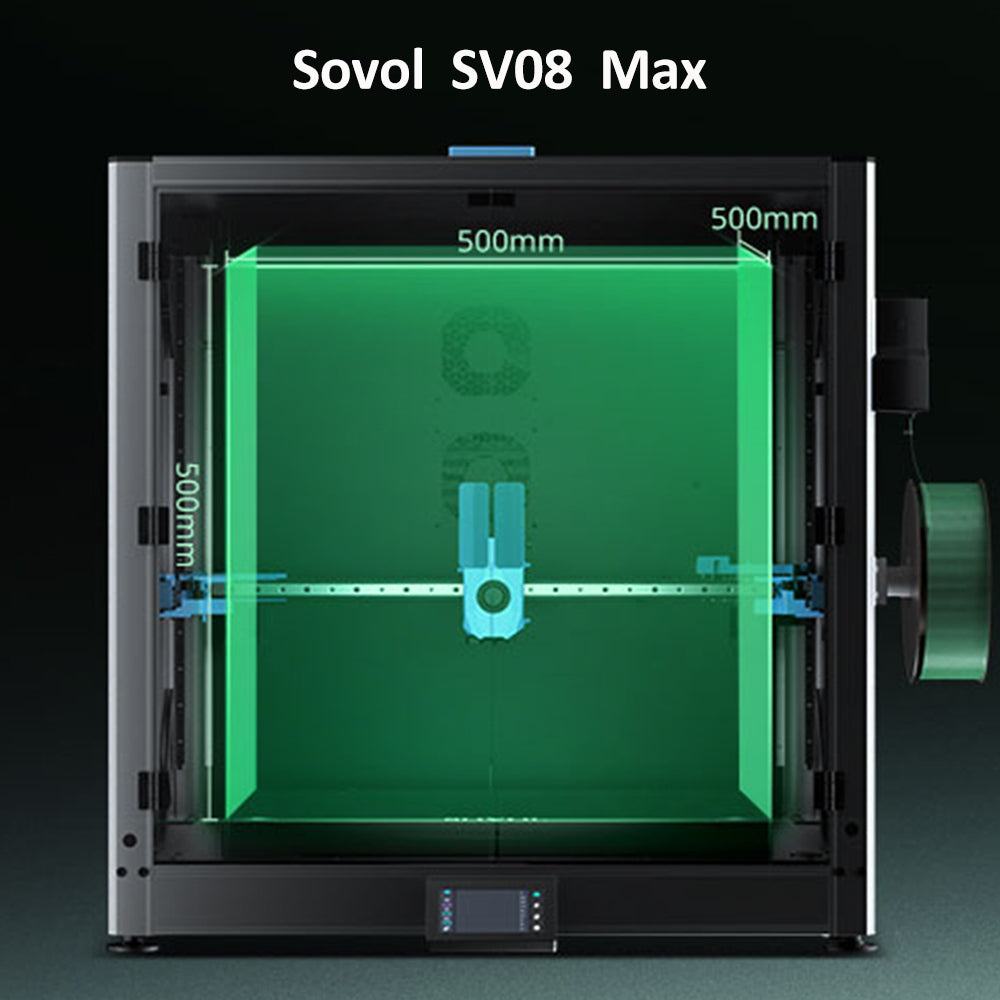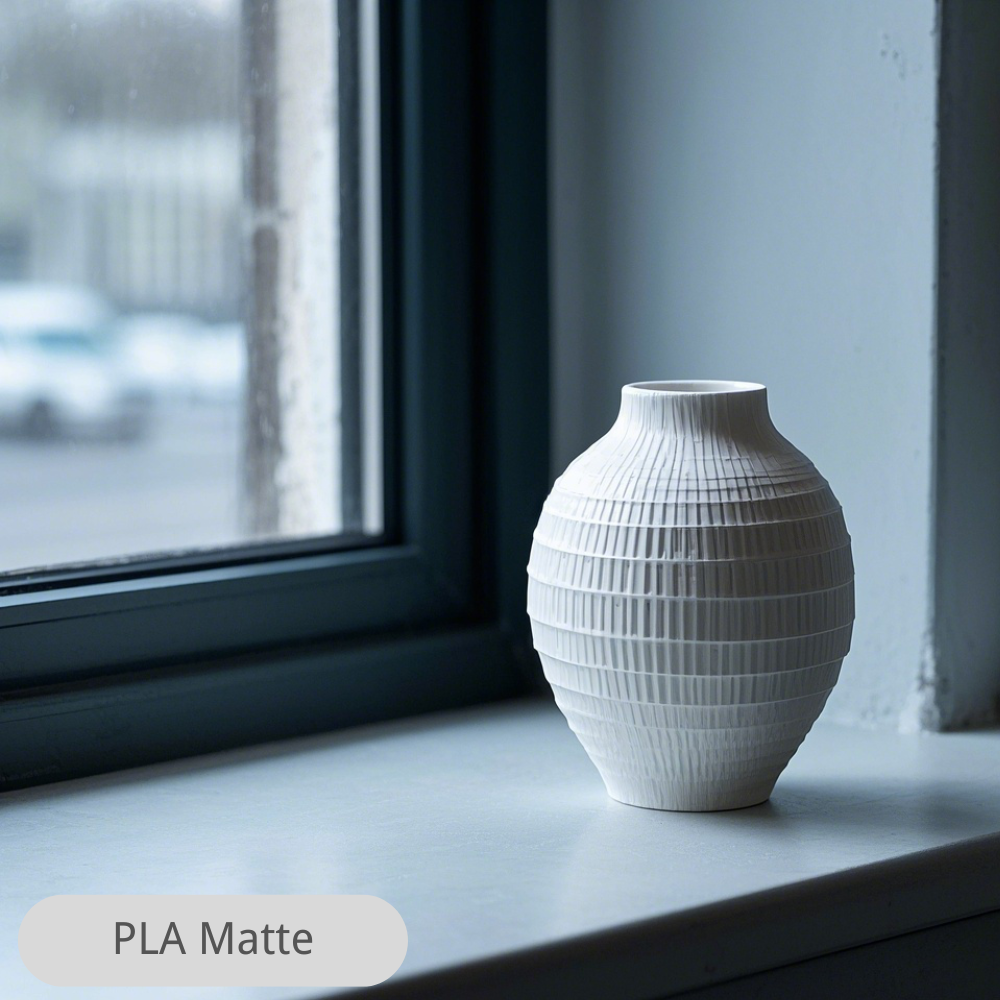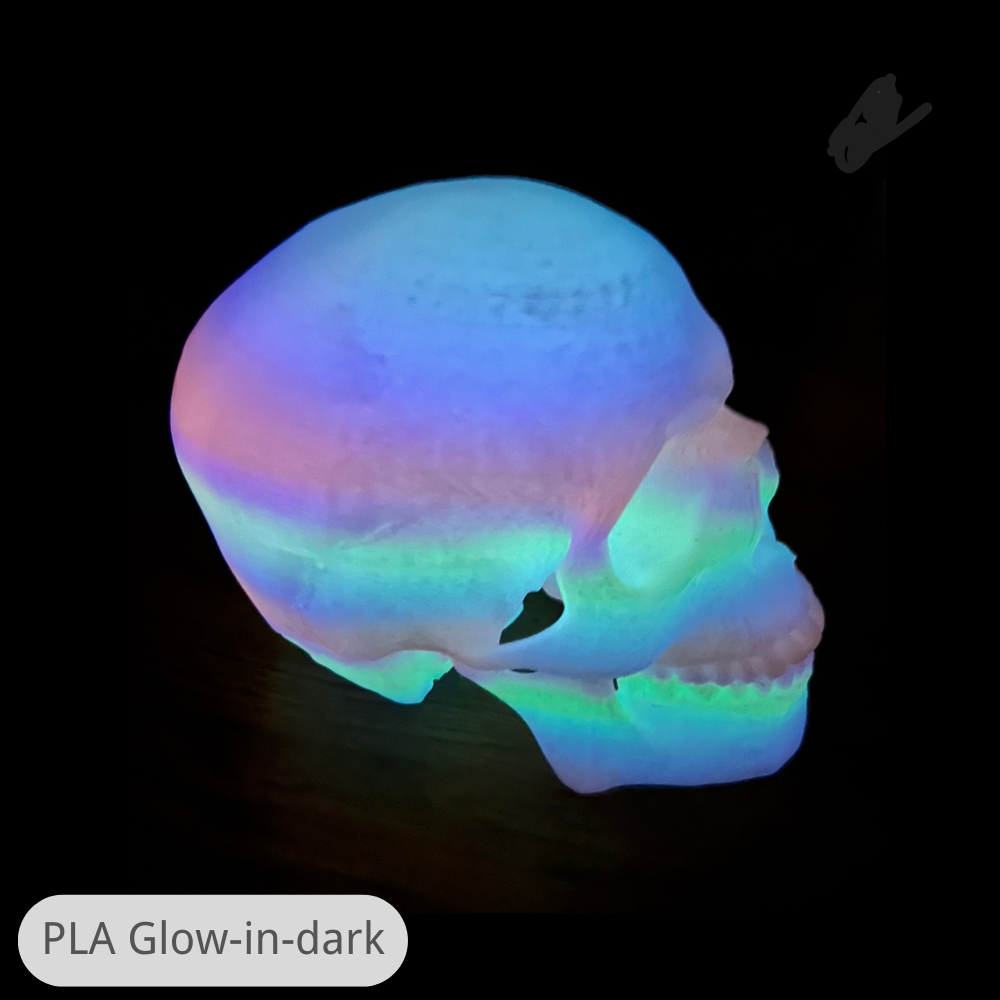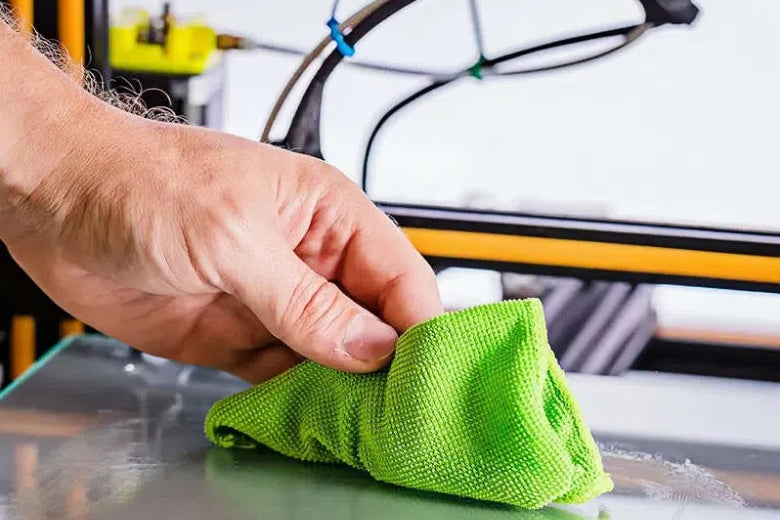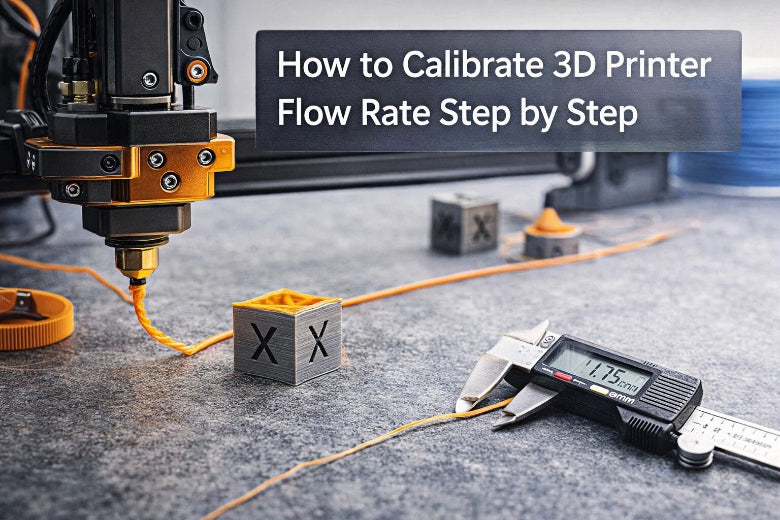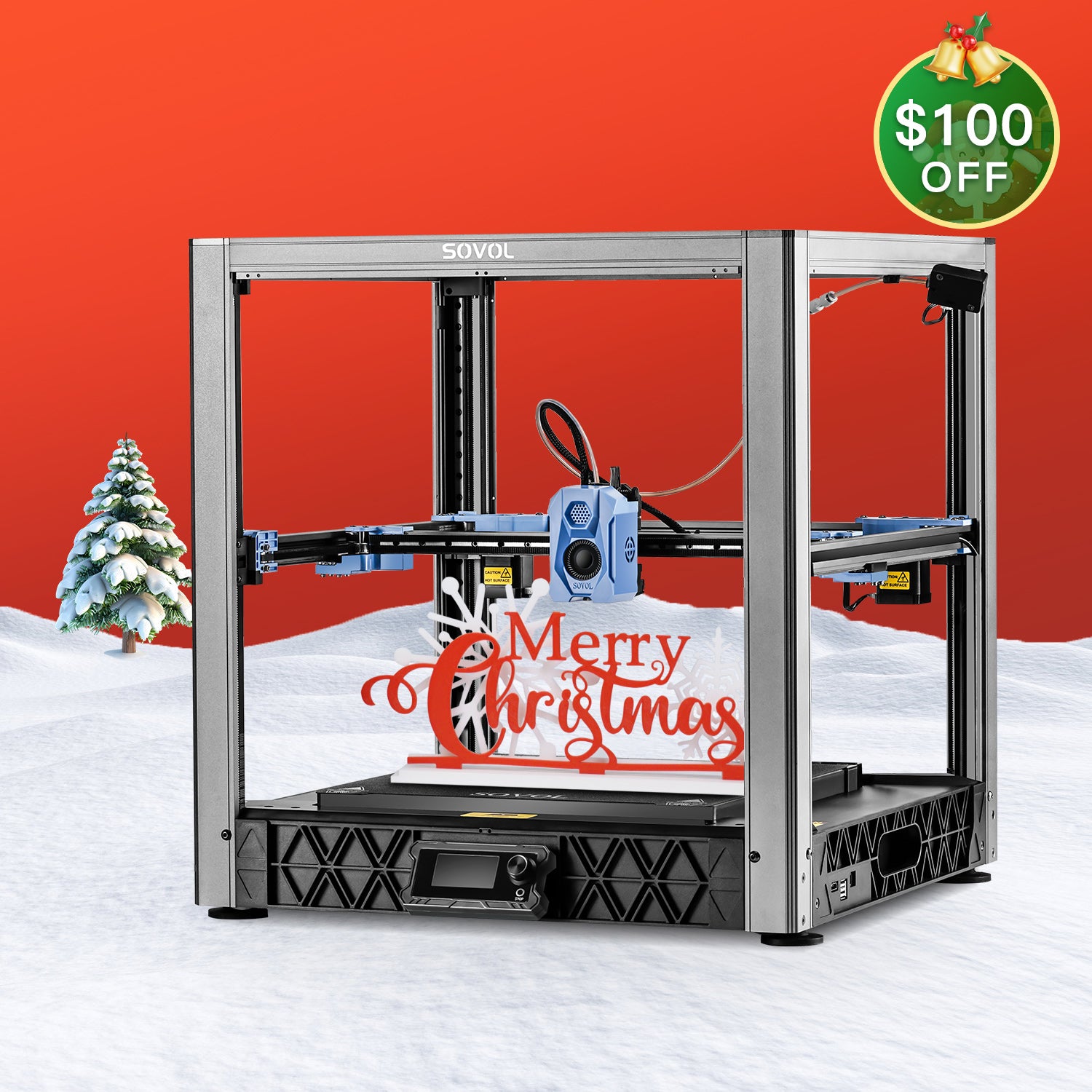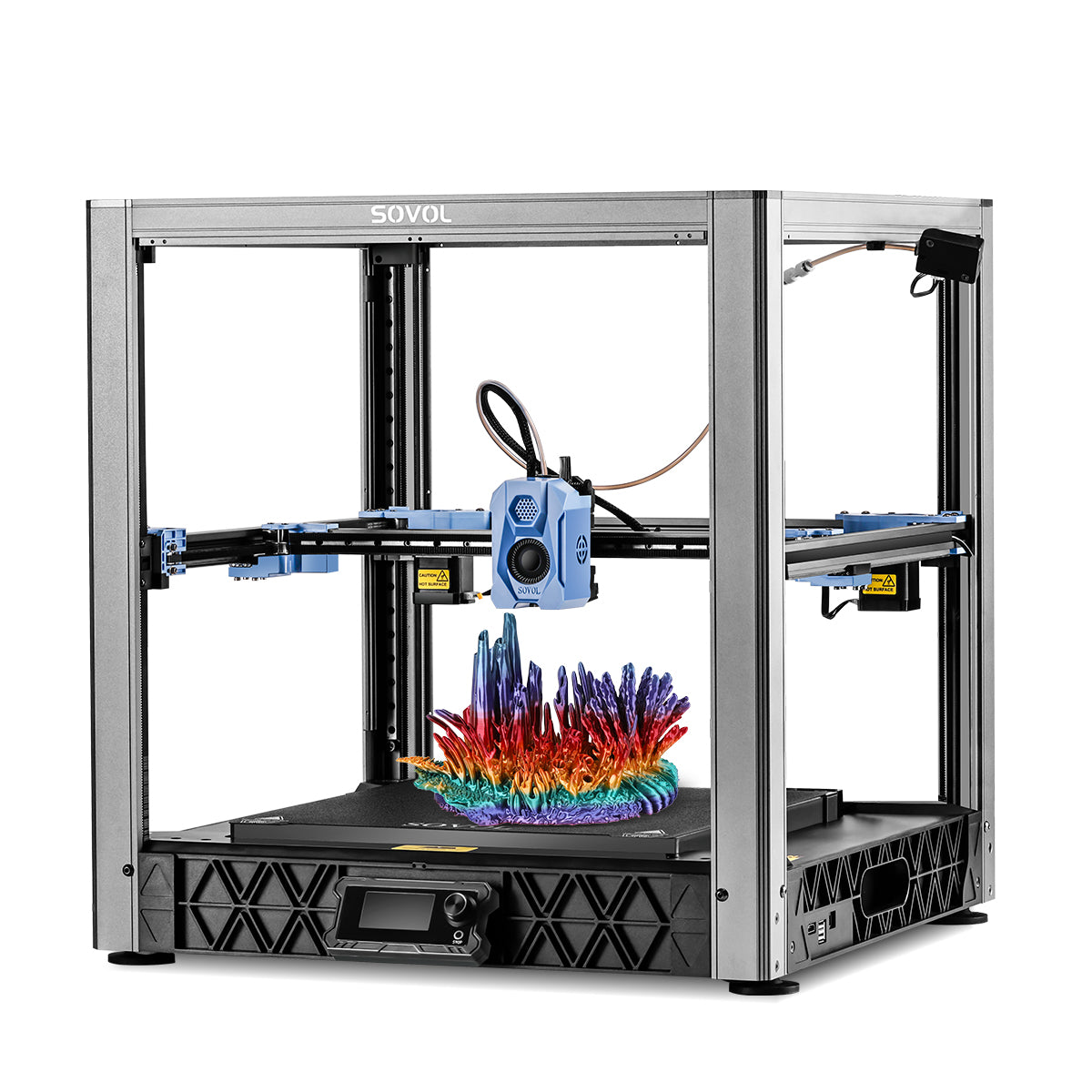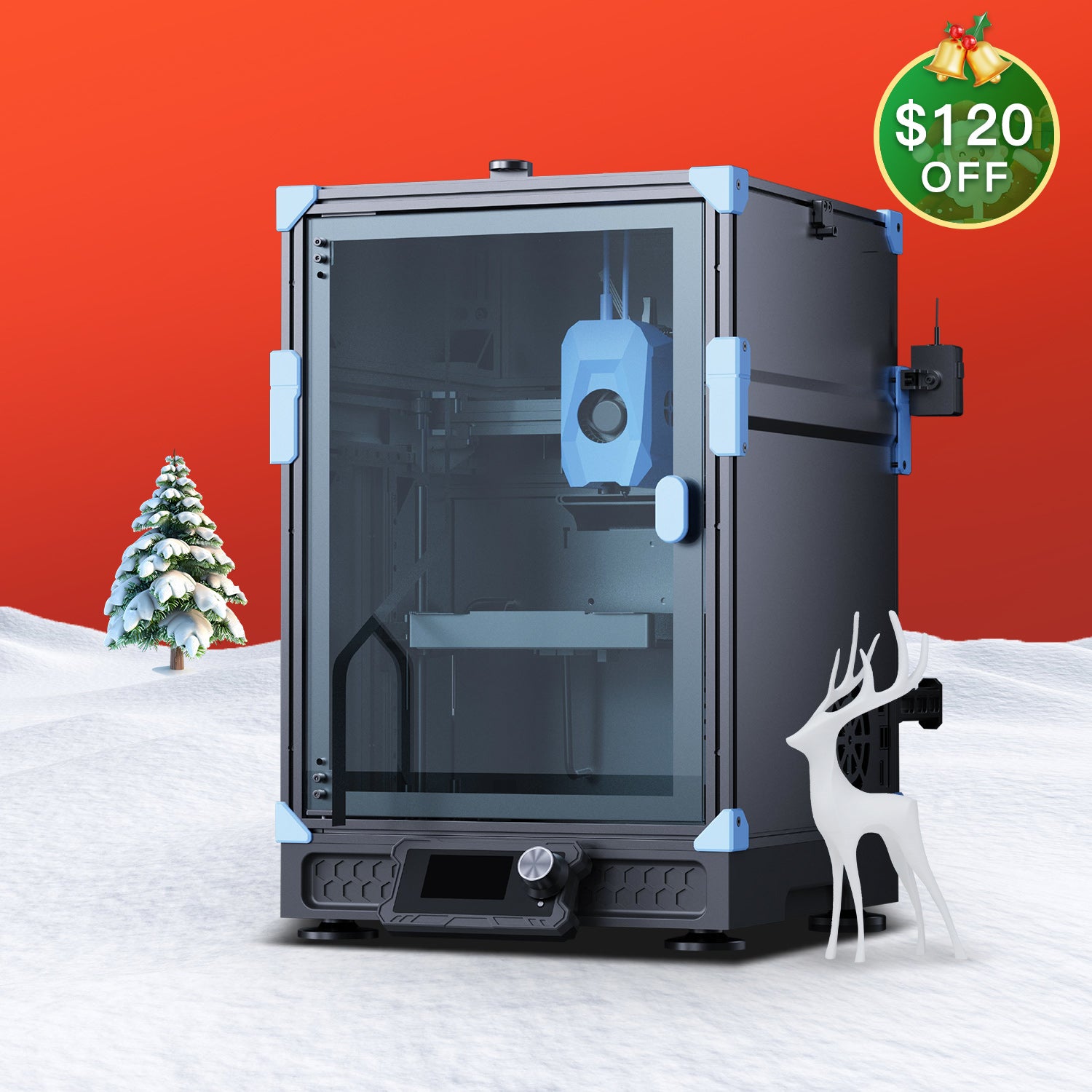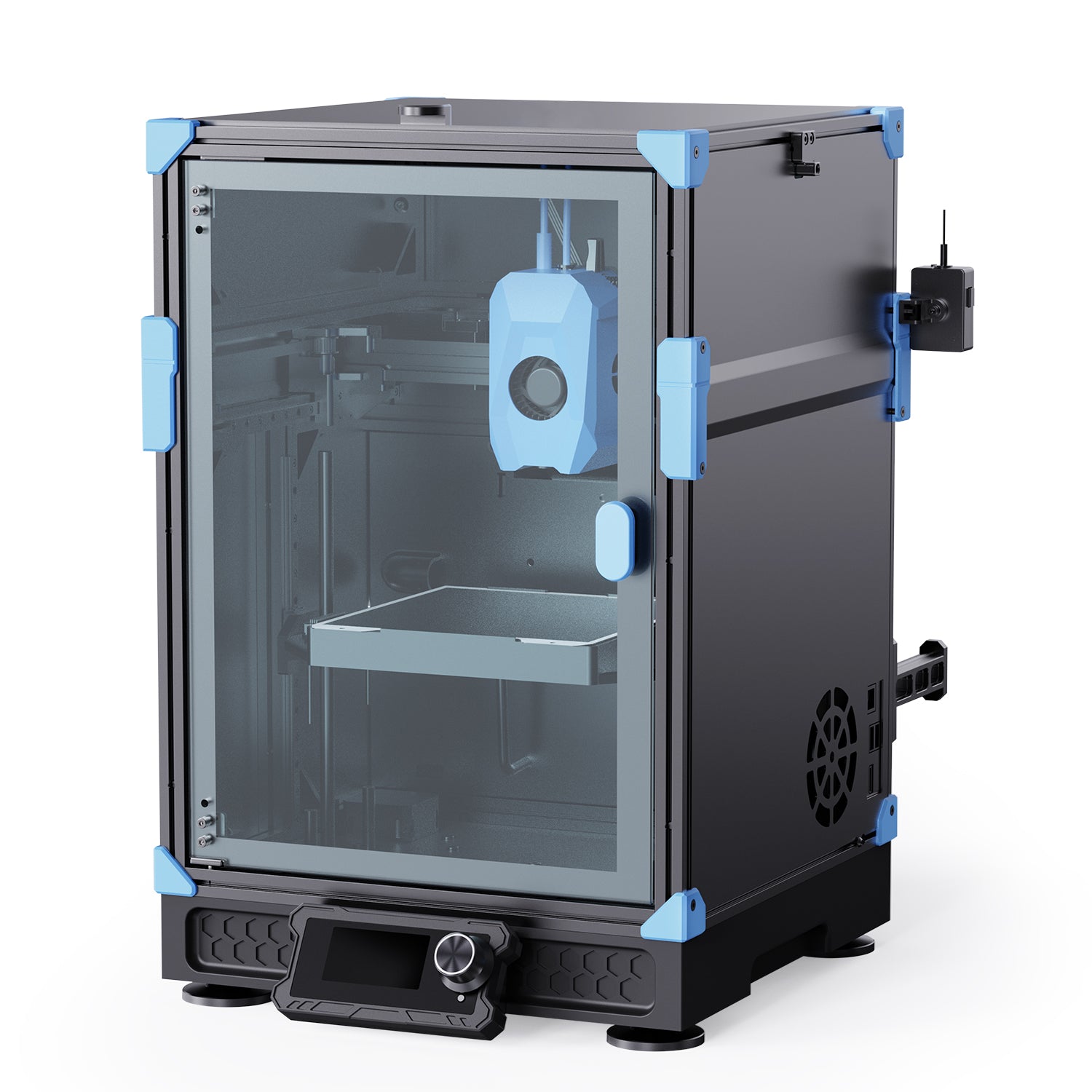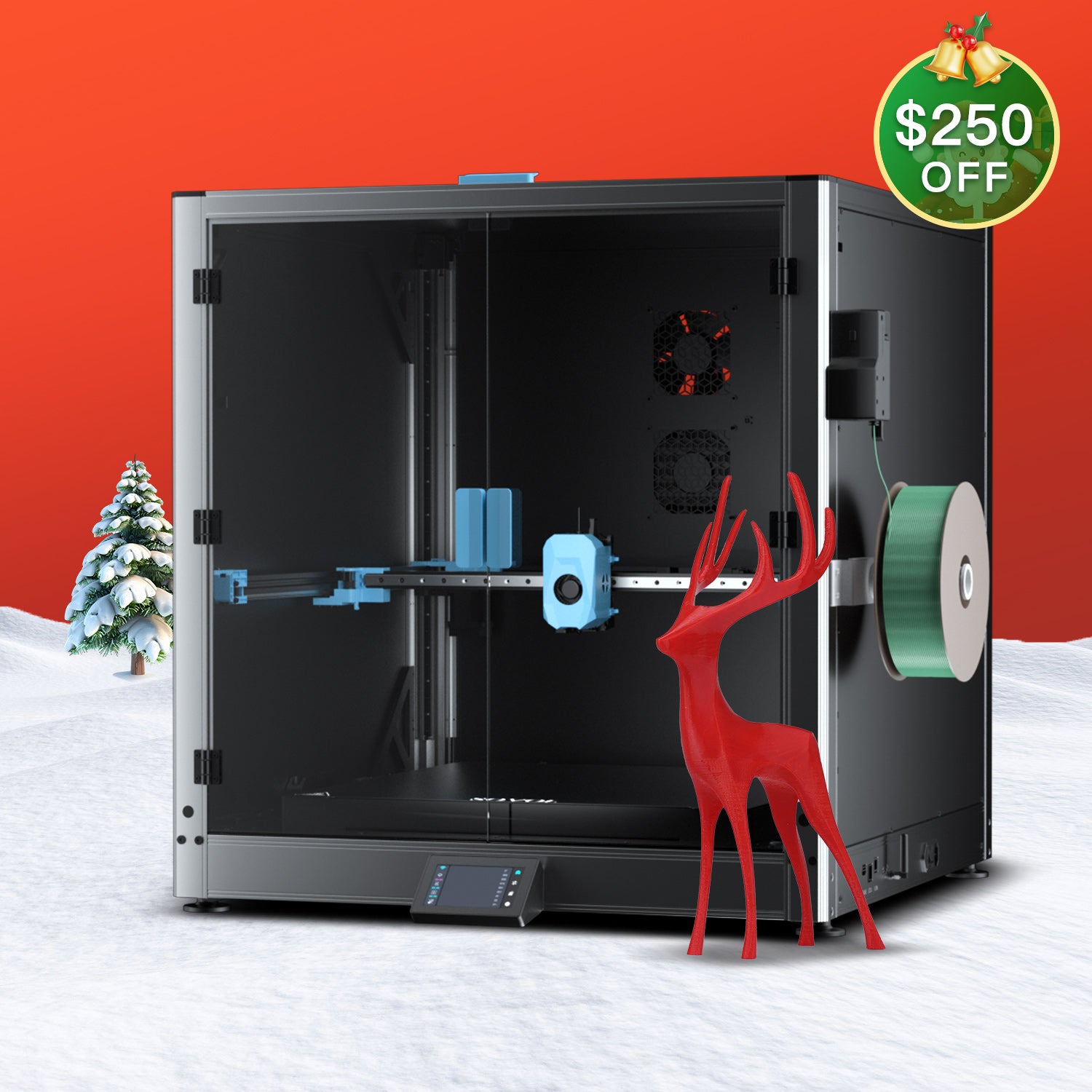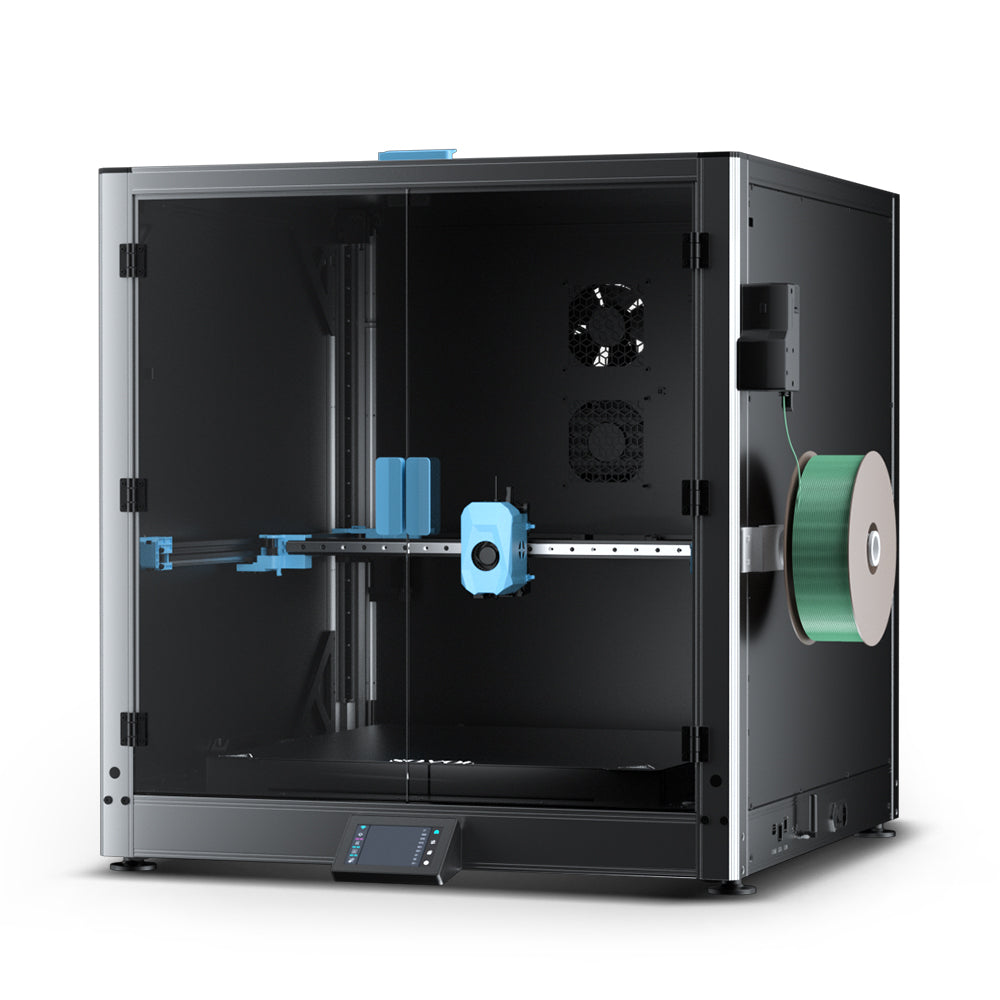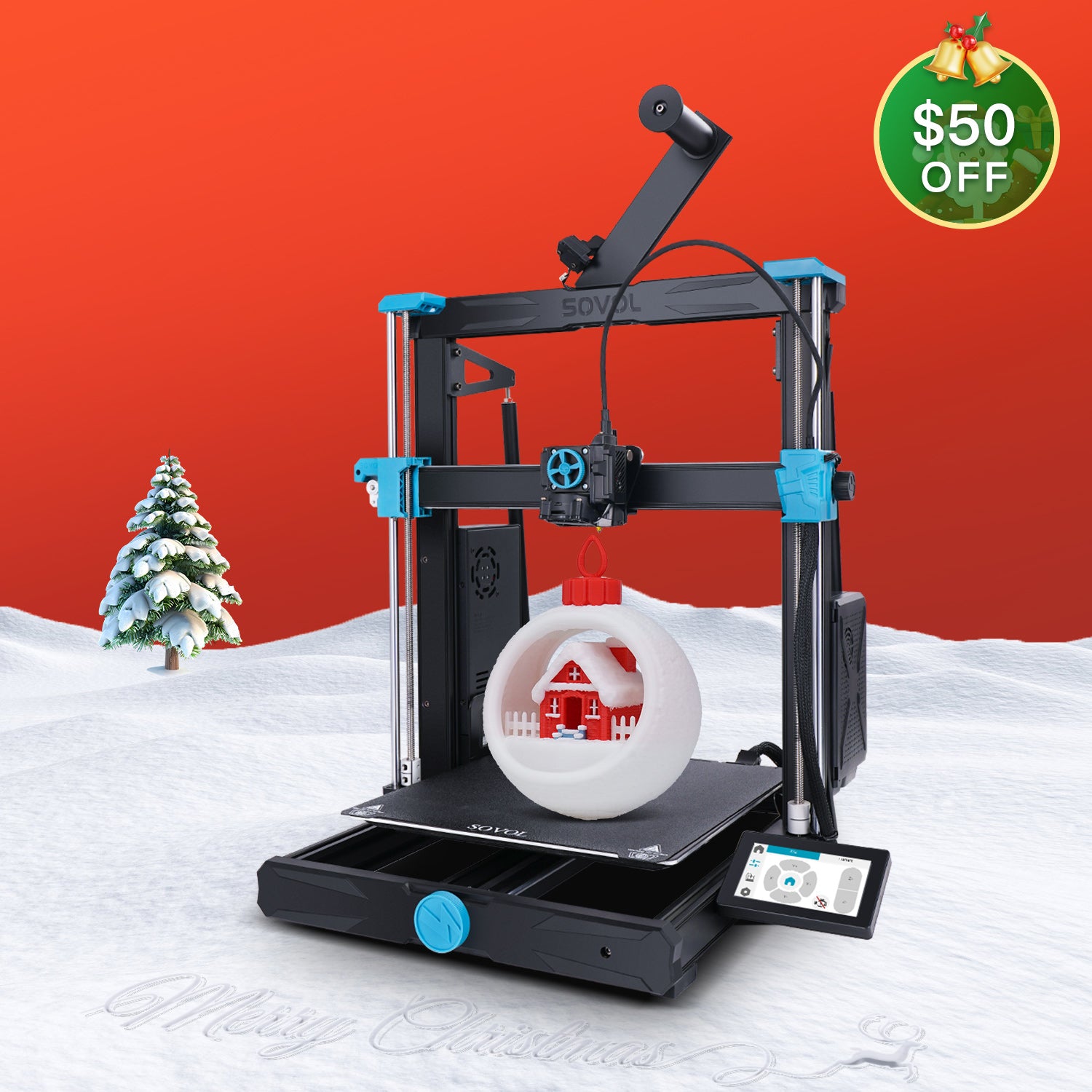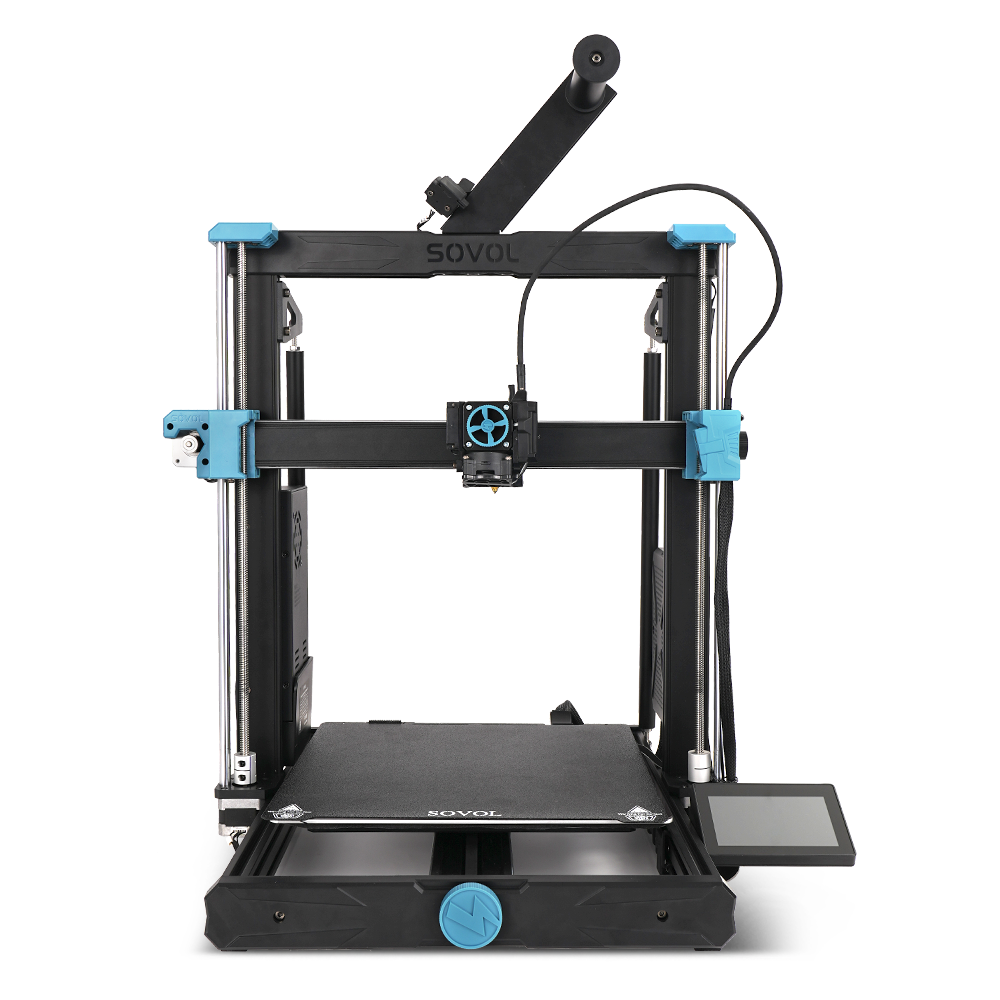Maintaining your 3D printer requires regular care to ensure it operates effectively. Dust and leftover filament can accumulate and lead to issues. Performing 3D printer maintenance frequently enhances its performance and extends its lifespan. This practice also saves money on repairs and ensures that your prints look fantastic.
Key Takeaways
- Taking care of your 3D printer makes prints better and lasts longer. Clean the nozzle and check belts for smooth printing.
- Check for dust and clogs every week to avoid big repairs. Keeping a simple log helps track cleaning and part changes.
- Use tools like rubbing alcohol and oil to keep it working well. Store filament properly to stop printing problems.
Why 3D Printer Maintenance Matters
Impact on Print Quality
Taking care of your 3D printer improves print quality. Cleaning and oiling parts like rails help it move better. Smooth movements make prints more accurate. Updating the printer's software adds new features for better results. Checking wires and parts avoids problems that could ruin prints.
Pay attention to the nozzle and belts for good prints. A clean nozzle helps the filament flow evenly. Tight belts keep parts aligned and working right. These small tasks help you get great-looking prints.
Preventing Hardware Failures
Skipping maintenance can cause your printer to break. Dust and leftover filament can block the nozzle or mess up the print bed. Cleaning often stops these issues and helps your printer last longer.
Using smart tools can also help avoid problems. These tools find worn-out parts early so you can fix them. This keeps your printer working well and avoids long delays.
Long-Term Cost Savings
Taking care of your printer saves money in the long run. It reduces wasted materials, which costs less than other methods. Printing only what you need saves storage space and money.
Maintaining your printer also lowers labor costs. Automated systems need less work, making things faster and cheaper. Printing nearby cuts shipping costs, making 3D printing affordable for everyone.
How to Clean a 3D Printer
Keeping your 3D printer clean helps it work well and last longer. Regular cleaning stops clogs, reduces wear, and keeps prints looking great. Follow these simple steps to clean your 3D printer properly.
Cleaning the Nozzle
The nozzle is very important for your 3D printer. Over time, leftover filament can block it, causing uneven printing. Here’s how to clean it:
- Heat the Nozzle: Set the printer to the right temperature for the last filament used. This softens any stuck material inside.
- Remove Loose Filament Debris: Use a brass brush or nozzle tool to gently clean the outside.
- Unclog the Nozzle: If blocked, use a thin needle or cleaning filament to clear it. Insert the needle carefully while the nozzle is hot.
- Inspect for Damage: Look for wear or damage. Replace the nozzle if needed or clean it thoroughly.
Tip: Don’t use rough tools that might harm the nozzle. Clean it often to keep the filament flowing smoothly.
Cleaning the Print Bed
The print bed helps your prints stick properly. A dirty bed can cause bad prints or failures. Clean it like this:
- Remove Residue: Use a plastic scraper to get rid of leftover filament or glue. Avoid metal tools to prevent scratches.
- Use Isopropyl Alcohol (IPA): Wipe the bed with a lint-free cloth dampened with IPA to remove dust and oils.
- Check for Wear: Look for scratches or damage. Replace the bed surface if it’s worn out or uneven.
Note: Let heated beds cool before cleaning to avoid burns or damage.
Dusting Internal Components
Dust inside your printer can cause problems. Clean it regularly to keep it running well.
- Turn Off the Printer: Always unplug the printer before cleaning inside.
- Use Compressed Air: Blow dust out of fans, motors, and electronics with compressed air. Hold the can upright to avoid spraying liquid.
- Wipe Rails and Screws: Use a microfiber cloth to clean rails and screws. Add a little lubricant to keep them moving smoothly.
Reminder: Don’t use water or wet cloths on electronics. Keeping the inside clean stops overheating and keeps the printer working well.
Regular Maintenance Checklist
Taking care of your 3D printer often helps it work better and last longer. Use this checklist to keep it in great shape.
Lubricating Rails and Screws
Rails and screws help your printer move smoothly. Lubricating them reduces wear and keeps everything running well.
- Turn Off the Printer: Always unplug your printer before starting maintenance.
- Clean the Rails and Screws: Wipe off dust and dirt with a microfiber cloth. This stops dirt from mixing with the lubricant.
- Apply Lubricant: Use a small amount of good-quality lubricant made for 3D printers. Move the parts by hand to spread it evenly.
- Check for Wear: Look for rust or damage. Replace any broken parts to keep your printer accurate.
Tip: Lubricating often helps your printer stay quiet and work better.
Tightening Belts and Screws
Loose belts or screws can mess up prints. Tighten them to avoid problems and keep your printer working right.
- Inspect the Belts: Check if belts are loose or uneven. They should feel firm but not too tight.
- Adjust Belt Tension: Use your printer’s tension tool to tighten belts gently. Don’t make them too tight, or it could harm the motor.
- Check Screws and Bolts: Look at all screws and bolts on the frame and bed. Tighten any that are loose with the right tool.
- Test Movement: Move the printer parts by hand to make sure they move easily.
Reminder: Tight belts and screws stop print errors and improve quality.
Updating Firmware and Software
Updating your printer’s firmware and software makes it work better and adds new features. It also fixes bugs that might cause problems.
- Check for Updates: Go to the manufacturer’s website or your printer’s menu to find updates.
- Backup Settings: Save your current settings before updating. This way, you can restore them if needed.
- Install Updates: Follow the instructions to update. Use a USB drive or connect your printer to a computer, depending on the model.
- Test the Printer: After updating, print something to make sure everything works fine.
Did You Know?
- Updates can improve how the first layer sticks to the bed.
- New features like print recovery let you restart prints without errors.
- Updates have fixed connection issues for many printers during testing.
Keeping your printer updated helps it run smoothly and avoids problems.
Calibrating Your 3D Printer for Best Results
Calibrating your 3D printer helps it make accurate, high-quality prints. Focus on leveling the bed, tightening belts, and aligning the extruder. These steps prevent problems like uneven layers or filament issues.
Leveling the Print Bed
A flat bed is key for good first layers. Follow these steps:
- Clean the Bed Surface: Wipe off dust and leftover material to get better results.
- Print a Test Pattern: Use a simple design to check if the nozzle stays level.
- Check Bed Springs: Look for springs that are loose or worn out. Replace them if needed.
- Recheck Often: Level the bed again after changing parts like the nozzle or plate.
Pro Tip: Slide a piece of paper under the nozzle while adjusting screws. The paper should move with slight resistance for the best setup.
Tightening the Belts
Belts need the right tension for smooth movements. Loose belts can mess up layers, and tight belts can harm the motor.
- Use a tuning app to measure belt vibration. Aim for about 90Hz.
- Gently pluck the belt to make it vibrate. Adjust screws until the vibration feels right.
- Move the extruder back and forth to even out the belt tension.
Note: Check belt tension often, especially after long prints or if prints look bad.
Aligning the Extruder
The extruder must line up correctly to avoid jams or uneven filament flow. Here’s how to fix it:
- Loosen the screws holding the trapezoidal nuts. This lets them center themselves.
- Tighten the screws evenly, switching between them to avoid bending.
- Test by moving the extruder along the X and Y axes. It should move smoothly.
Reminder: A misaligned extruder can cause bad prints. Regular checks keep your printer working well.
Calibrating your printer often keeps it running great and lasting longer.
Cleaning and Maintenance for Resin Printers
Taking care of your resin printer helps it last longer. It also ensures your prints look great. Resin printers need special attention because of their unique parts. Follow these easy steps to keep your printer in good shape.
Cleaning the Resin Vat
The resin vat is very important for printing. If it gets dirty, your prints may not turn out well. Clean it often to avoid problems.
- Empty the Vat: Pour leftover resin back into its bottle. Use a fine filter to catch any bits.
- Wipe the Vat: Dampen a soft cloth with isopropyl alcohol (IPA). Gently clean the vat without scratching the FEP film.
- Check the FEP Film: Look for scratches or cloudy spots. Replace the film if it’s worn out.
Tip: Clean the vat right after printing. This stops resin from hardening and makes cleaning easier.
Maintaining the Build Plate
A clean build plate helps prints stick and prevents failures. Keeping it smooth is important for good results.
- Remove Cured Resin: Use a plastic scraper to gently take off hardened resin. Avoid metal tools to prevent scratches.
- Wipe with IPA: Clean the plate with a cloth soaked in IPA. This removes oils and leftover resin.
- Inspect for Damage: Check for dents or scratches. If needed, lightly sand the surface with fine sandpaper to make it smooth again.
Reminder: Always wear gloves when working with resin. This protects your skin from harmful chemicals.
Caring for the UV Light Source
The UV light cures the resin during printing. Keeping it clean helps your printer work well.
- Turn Off the Printer: Unplug the printer before cleaning to stay safe.
- Dust the Light: Use a soft brush or compressed air to remove dust from the light source.
- Look for Damage: Check for cracks or discoloration. Replace the light if it’s damaged to keep prints looking good.
Note: Don’t touch the UV light with your hands. Oils from your skin can make it less effective.
Regular care for your resin printer keeps it working well and ensures great prints every time.
Common Signs Your 3D Printer Needs Maintenance
Knowing early signs helps avoid big problems and costly fixes. Below are some clues that your 3D printer might need care.
Uneven Filament Flow
Uneven layers or gaps mean filament isn’t flowing right. This often happens because of a clogged nozzle, worn gear, or wrong filament settings.
- Look at the Nozzle: Check for clogs and clean it with a needle or cleaning filament.
- Check the Filament Path: Make sure the filament moves smoothly without tangles or blocks.
- Fix Extrusion Settings: Adjust flow rate in slicer software to match your filament type.
Tip: Clean the nozzle often and use good filament to stop flow issues.
Strange Noises or Shaking
Weird sounds during printing usually mean mechanical problems. Grinding noises or shaking can happen if belts are loose, parts are misaligned, or rails are dirty.
- Check Belts: Tighten loose belts for smoother movements.
- Clean Rails: Remove dust and dirt from rails, then add lubricant for better sliding.
- Align Parts: Make sure the print head and bed are lined up correctly.
Reminder: Ignoring these sounds can cause bigger damage later.
Misaligned Layers
Misaligned layers or Z-banding make prints look bad. This happens because screws are loose, the bed isn’t level, or motors have issues.
- Tighten Screws: Secure screws on the frame and bed to stop movement.
- Level the Bed: Adjust the bed to make it flat for the first layer.
- Check Motors: Look for overheating or worn-out stepper motors.
Did You Know? Misaligned layers are one of the most common problems users face with 3D printers.
Fixing these problems early keeps your printer working well. Solving these issues also helps your prints look great and extends your printer’s life.
Must-Know Tools and Products for 3D Printer Maintenance
Brushes, Nozzle Cleaners, IPA, Lubricants
Having the right tools makes caring for your 3D printer simple. Here are some must-have items to keep nearby:
- Brushes: Use soft brushes to clean dust from fans and rails. Brass brushes are great for cleaning nozzles without scratching them.
- Nozzle Cleaners: Thin needles or special kits help clear nozzle clogs. These tools are handy for fixing tough blockages.
- Isopropyl Alcohol (IPA): IPA cleans surfaces like the print bed and resin vat. A lint-free cloth with IPA removes oils, dust, and leftover material.
- Lubricants: Good lubricants keep moving parts like rails and screws smooth. Silicone-based ones reduce friction and stop parts from wearing out.
Tip: Keep these tools in one box so they’re easy to find. Using them often improves print quality and helps your printer last longer.
Sovol SH02 Dryer Box for Moisture Management
Filament quality is key to good printing. Moisture can ruin filament, making prints weak or uneven. The Sovol SH02 Dryer Box keeps filament dry and ready to use.
- How It Works: This dryer box removes moisture with controlled heat. It also stores filament safely when not in use.
- Key Features: You can adjust the temperature and set a timer. It fits spools of different sizes.
- Why You Need It: Dry filament flows better and avoids clogs. This is especially helpful if you live in a humid area.
Did You Know? Filament absorbs water from the air, which can cause bad prints. A dryer box like the Sovol SH02 keeps filament in great shape and reduces waste.
Using these tools makes maintenance easier and improves your 3D printing results.
Must-Know Tips for Long-Term 3D Printer Health
Taking care of your 3D printer means more than cleaning it sometimes. These tips will keep your printer working well and stop problems.
Storing Filaments Properly
How you store filament affects how good your prints look. Wet filament can break easily and block the nozzle.
- Use Airtight Containers: Keep filament in sealed bags or boxes with silica gel. This keeps it dry.
- Avoid Direct Sunlight: Sunlight can ruin filament, especially PLA. Store it in a cool, dark spot.
- Label Your Filaments: Write the type and date on each spool. This helps you use older filament first.
Tip: A filament dryer box is great for keeping filament dry for a long time.
Environmental Control (Humidity, Temperature)
Where your printer is placed changes how well it works. Keeping the room dry and steady helps prints turn out better.
- Monitor Humidity Levels: Use a hygrometer to check humidity. Keep it below 50% to avoid filament problems.
- Maintain Stable Temperatures: Put your printer in a room with even temperatures. Don’t place it near vents or windows.
- Use a Dehumidifier: If your area is humid, a dehumidifier can protect your printer and filament.
Did You Know? Wet filament can swell and clog the nozzle, causing bad prints.
Creating a Maintenance Log
Writing down what you do for your printer helps you stay on track. A log makes sure you don’t forget important tasks.
- Record Cleaning Dates: Write when you clean the nozzle, bed, and inside parts.
- Track Part Replacements: Note when you change parts like belts, nozzles, or films.
- Set Reminders: Use a calendar or app to plan regular maintenance jobs.
Pro Tip: A log helps you spot problems early and stop them from happening again.
Follow these tips to make your printer last longer and print better.
Cleaning your 3D printer often helps it work better and last longer. Make a simple plan to check it regularly and avoid surprises. How often should you check it? Look at your printer every week for dust, clogs, or loose parts. Taking care of it early means fewer issues and better prints.
FAQ
How often should you clean your 3D printer?
Clean your 3D printer every week or after 10-15 prints. This stops clogs and keeps your prints looking good.
Can you use water to clean your 3D printer?
Don’t use water on electronic parts. Use isopropyl alcohol (IPA) to clean the nozzle or print bed. Keep electronics dry to avoid damage.
What’s the best way to store filament?
Put filament in sealed containers with silica gel. Keep it away from sunlight and moisture to stop problems with printing.

